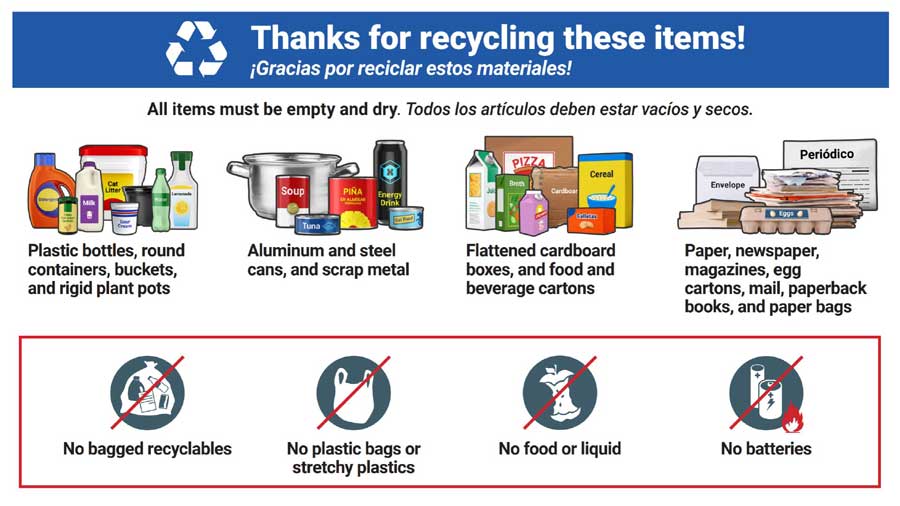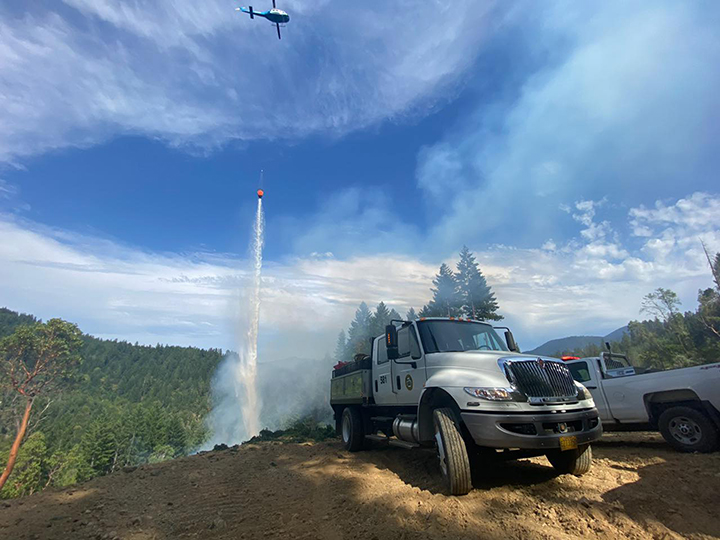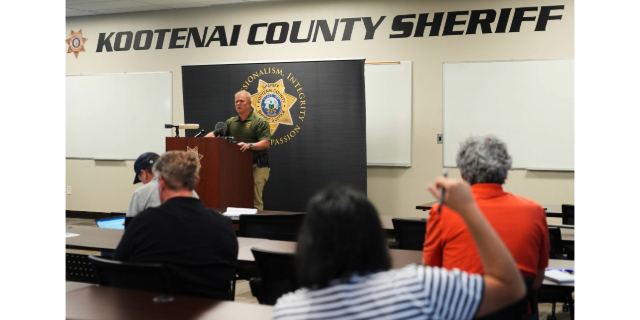OTHER VIEWS: The dangers of wildfire smoke increasingly a national issue
Published 5:30 am Friday, April 26, 2024

- other views logo
It’s hard to imagine a Canadian wildfire season more explosive than last year’s — which burned a record 37,065,807 acres, more than seven times the annual average. Dozens of those fires kept burning through the winter, even under the cover of snow.
(These, by the way, are known as “zombie fires,” a phrase that joins “firenado” and “thundersnow” in the growing lexicon of freak-weather terms you wish you’d never heard.)
A changing climate has played a bigger and more durable role: Global heating made last year’s intense fires in eastern Canada more than twice as likely, according to the research group World Weather Attribution. As long as people keep burning fossil fuels and spewing heat-trapping gases into the atmosphere, the planet will warm even more and wildfires will become more frequent and intense.
And this won’t be limited to Canada; the annual average U.S. acreage burned by wildfire has doubled in the past 20 years.
Wildfire smoke will be one of the most noticeable ways climate change threatens human health in the years to come. It could cause as much as 27,800 U.S. deaths per year by 2050, according to a new study in the National Bureau of Economic Research, with an annual economic cost of $244 billion.
Children, senior citizens and people with asthma and other underlying health issues can be harmed by relatively low concentrations of wildfire smoke. But the stuff is such a toxic stew of chemicals, delivered in particles small enough to enter the bloodstream, that even the healthiest of us should avoid it.
That’s not exactly news to people on the West Coast, where spending long stretches under the tyranny of poison clouds has become grimly familiar. But it caught millions off guard in New York and elsewhere, when Canadian wildfire smoke temporarily gave American cities some of the unhealthiest air on the planet.
New York officials were accused of waiting too long to warn about the danger when the smoke hit in early June, leaving people exposed and uninformed about how to respond. New York and many other cities lacked the kind of contingency plans their West Coast peers developed long ago.
A year later, much of the country still isn’t ready for another smoky summer. Democrats in Congress last year introduced two bills to address the problem on a national level: the Wildfire Smoke Emergency Declaration Act and the Smoke and Heat Ready Communities Act.
The first would give the president power to declare a “smoke emergency,” which would open government purse strings to help relocate and shelter affected people and reimburse businesses for losses. The second would use the EPA to help communities prepare for both wildfire smoke and extreme heat, including public messaging campaigns.
Passing these bills should have happened months ago. While we delay, lives and livelihoods risk being lost to wildfire smoke. But there’s much more that can still be done in the meantime.










